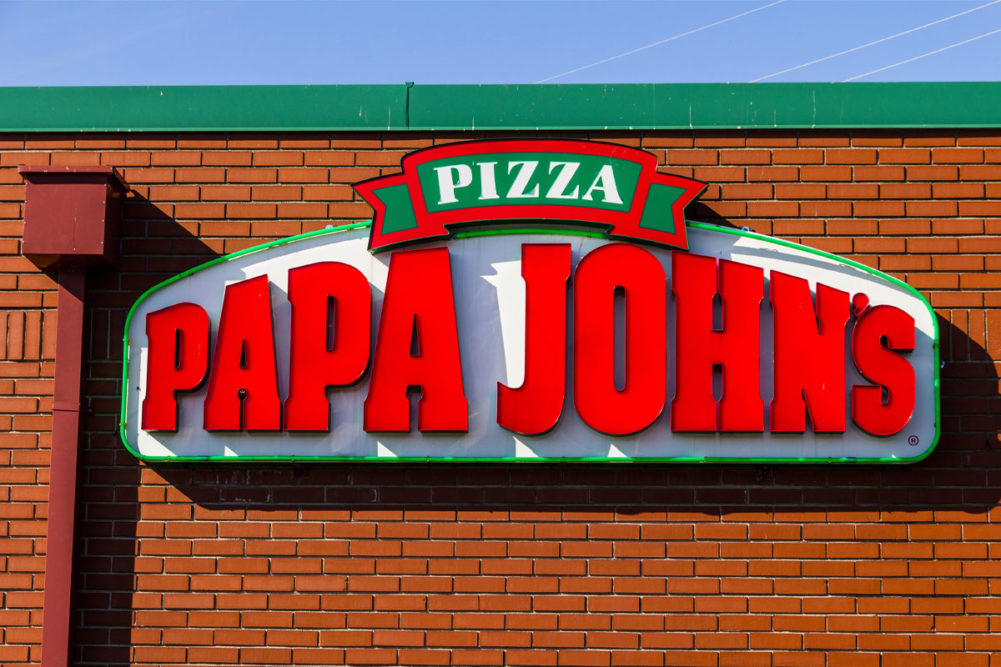LOUISVILLE, KY. — Papa Johns will provide guidance to franchisees after North American comparable-store sales declined 1.4% in the second quarter ended June 25. Comparable sales increased 2.2% in domestic company-owned restaurants but fell 2.3% in North American franchises restaurants.
“During the second quarter, a gap remained between the performance of our company restaurants and that of our franchisees,” said Robert M. Lynch, president and chief executive officer. “Over the past year, our franchisees have been increasing their prices at a faster rate than our company-owned restaurants in an effort to preserve margins during this highly inflationary period. As a result, they have experienced a larger decline in transactions relative to our company-owned restaurants this past quarter.
“We’ve been performing ongoing business reviews with each franchisee, utilizing cross-functional teams to enhance their business operations, along with identifying opportunities to optimize their pricing and promotional models. This surgical approach is delivering sequential improvement in transactions and higher customer satisfaction rating systemwide.”
International comparable-store sales were down 1%, largely attributable to inflation in the United Kingdom, although international comparable-store sales improved 5% from the first quarter.
Net income attributable to common shareholders in the quarter was $17.8 million, or 55¢ per share on the common stock, which was down 30% from $25.2 million, or 71¢ per share, in the same time of the previous year. Total revenues fell 2% to $514 million from $523 million, driven by lower revenues in the North American commissary segment due to commodity price declines.
At the beginning of 2022, Louisville-based Papa Johns had a goal of opening 1,400 to 1,800 new units between 2022-25, which implied annual global net new unit growth between 6% and 8% in the fiscal years 2023, 2024 and 2025, Mr. Lynch said.
“Since we put these targets in place, we have experienced many unforeseen circumstances, including, but not limited to, an extended war in Ukraine, material inflation around the globe, permitting and construction delays within North America, and higher financing costs due to the interest rate increases,” he said.
As a result, the company has reset its goal to an annual range of 5% to 7%.
Over the first half of the fiscal year, net income attributable to common shareholders was $40.1 million, or $1.21 per share on the common stock, up 12% from $35.7 million, or $1 per share, in the same time of the previous year. Total revenues fell 2.2% to $1.04 billion from $1.07 billion.





